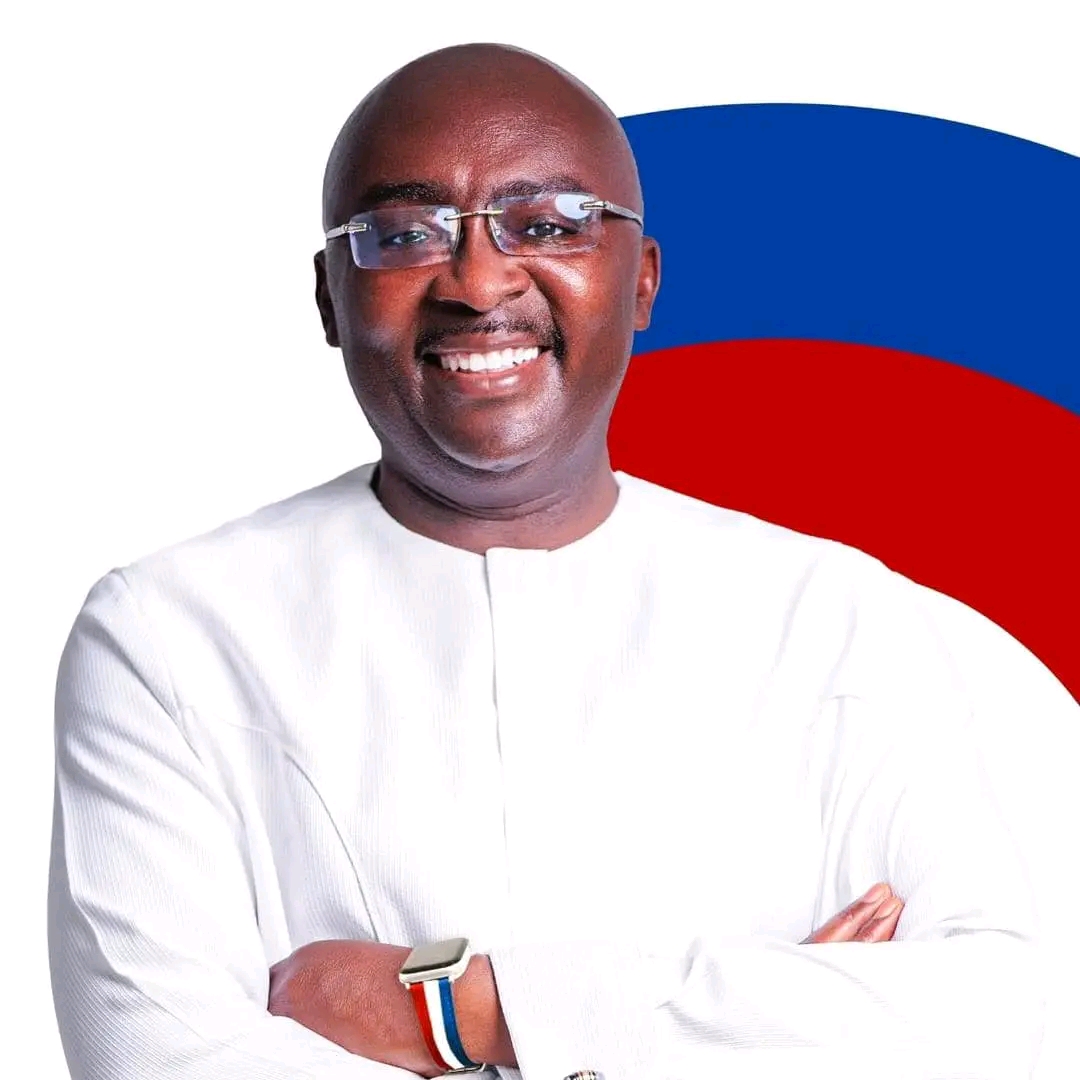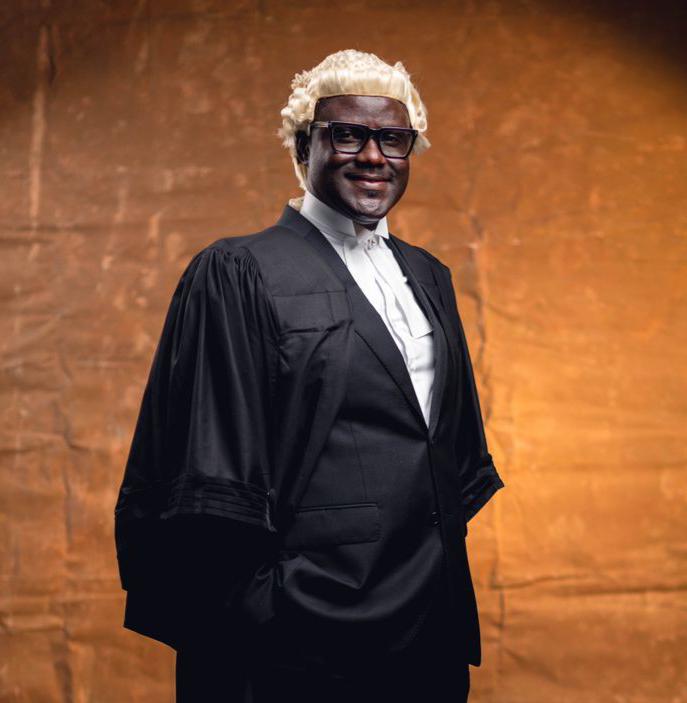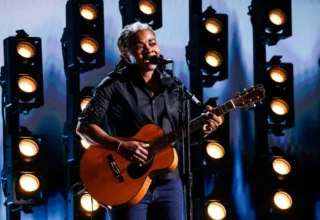
Where does Redman rank in the greatest-of-all-time conversation? And why does he continue to fly under the radar?
Ever since he earned his nickname during a fateful snowball fight at the age of 11, Reggie “Redman” Noble has stood as the epitome of keeping it real. A “round the clock lyricist” who “sleeps in his work boots,” Newark’s very own Redman is a rap phenomenon whose insatiable appetite for weed paraphernalia, rough and rugged non sequiturs, and delirious debauchery catapulted him to the forefront of ‘90s hip hop at a time when the scene was experiencing a surge unlike any other. The same man who lit his first L before he started to crawl and whose unmatched comedic timing, spontaneity, and crankology credentials allowed him to parade through rap circles like a wild pack of Timbs would ultimately go on to become one of the premier worldwide ambassadors of the culture.

In many ways, Redman’s legacy has a readily traceable impact that extends far beyond his appearance in the Def Jam fighting video game series or stoner comedy How High, a film that pushed the cognitive benefits of optimal arousal theory to the absolute limit (see his “study high, take the test high, get high scores” mantra). Emboldened by the unapologetic goofiness of Biz Markie, Redman grabbed the torch and helped usher in a new era just when it seemed like the Golden Age nostalgia of acts like Slick Rick and Public Enemy had run their course.
The New Jersey vet first came to prominence as a member of EPMD’s infamous Hit Squad after mentor Erick Sermon green lighted his clean-up-shop verse on posse cut “Headbanger.” A solo career promptly materialized for the cunning linguist in the wake of Whut? Thee Album, a widely heralded classic and one of the most anticipated albums of 1992. The reefer-addled offering exceeded expectations, drawing from the subterranean sounds of Zapp and Parliament, and vocal snippets from Cypress Hill, Ice Cube, and N.W.A. to create a record that has weathered the test of time. Produced almost entirely in tandem with Sermon, the album tapped many of the same G-funk samples as Dr. Dre’s The Chronic, only Whut? dropped three months prior to Dre’s equally classic debut.
Although Redman was never one to aim for mainstream hits, he knew how to craft songs that made your “speakers knock” and “rump jump.” Breakout singles “Tonight’s Da Night” and the Pete Rock-assisted “How To Roll A Blunt,” a step-by-step tutorial with real world applicability, spawned a crazed following that propelled Redman out of the bubbling underground and into the limelight. “Blow Your Mind,” a song on which Funk Doctor Spock tried to “freak it in Korean,” became a No. 1 hit on the Billboard Hot Rap Singles chart seven weeks after its release. His antics on “Redman Meets Reggie Noble” came long before Biggie took a crack at the same formula on “Gimme the Loot.” And “Time 4 Sum Aksion” served as the music for Mike Tyson’s ring entrance leading up to his 1995 “He’s Back” bout in which he annihilated Peter McNeeley in 89 seconds. Whut? Thee Albumwas a smash success straight out of left field, a hysterical tour of the finest homegrown high that only The Brick City General could have concocted.
Redman’s disinterest in conforming to commercial guidelines took on a whole new meaning on sophomore entry Dare Iz A Darkside, an album that was far more cynical, experimental, and hardcore than its predecessor, but no less important to its creator’s progression. An homage to Maggot Brain, the tonal shift was reflected in the album’s artwork: Redman is buried alive in the middle of the desert, screaming at the heavens. From the opening salvo, it was apparent that the follow-up journey into the mind of the emcee who “did more drugs than pharmacies” would be slightly different. The mental state of rap’s Dennis the Menace was evaluated by “Dr. Trevis” to kick off the “cosmic boogie movie” in which the unhinged patient likened himself to the hair on Don King and bragged about letting your mom give him cornrows where the sun don’t shine.
By the time Muddy Waters was released in 1996, the “Moby Dick of dopeness” had rappers everywhere pushing the panic button. His fearless wild man’s “move the crowd” mentality, paired with his innovative and irrepressible presence, would align him with the Wu-Tang Clan, arguably the most influential group to ever touch a mic. The obvious chemistry with partner in rhyme (and Blazenow equity partner) Method Man, who he bonded with while on tour in 1994, led the two to collaborate on nearly every other release post “Do What Ya Feel” (“Da Rockwilder” remains, to this day, one of the nastiest hip hop party anthems). Def Squad’s excellent El Niño arrived in the summer of 1998, and Doc’s Da Name 2000 closed out the holiday season as the capstone stocking stuffer on a near 10-year run of funkified dominance for Sermon. The ghetto fabulous Mario bursting through the brick wall of Doc’s Da Name while puffing on a fatty, his laces loose, crimson beanie pulled down over his eyes, and stethoscope dangling willy nilly, was the pure embodiment of Redman’s persona. That’s to say nothing of the artwork for the single “I’ll Bee Dat,” in which the aforementioned cartoon character waves off a seatbelt to pose in a souped-up, all-wheel drive perambulator. Redman’s image as a lethal mix between Boondocks’ Thugnificent and a Fantasia villain with the chops to tussle with Michael Myers was cemented.
Never straight-faced and always bristling with tantalizing strokes of tomfoolery, Redman quickly became a frequent flyer in guest rapper rotations, popping up (and often stealing the show) on tracks like Pac’s “Got My Mind Made Up,” Ghostface Killah’s “Greedy Bitches,” De La Soul’s “Oooh,” and LL Cool J’s “4, 3, 2, 1.” The two-month long Hard Knock Life Tour in 1999, during which the MTV Rock N’ Jock all-star shared the stage with heavyweights Meth, DMX, Ja Rule, and Jay-Z, remains a sacred entry in hip hop lore. His outlier of an MTV Cribs episode, where Mr. “bummy for a low profile” showed off a jury-rigged doorbell and the endearingly modest “luxury” of his secluded Staten Island “De La Casa,” has to be seen to be believed. He pillaged Europe (and Croatian beaches) on world tours, got cattle-prodded while on acid in the middle of a mosh pit, helped produce Shaquille O’Neal’s Shaq Fu: Da Return, and even swooped in for Christina Aguilera’s iconic pre-teen video for “Dirty.”

Yet Redman is often overlooked by those hoping to assign a hierarchy to music’s most densely competitive genre. His longevity and productivity speak for themselves: he doled out 16 projects in 29 years, a statistic made all the more impressive by the fact that 7 of his 11 studio releases received a plaque. He showed that he still had what it took during the 2015 BET Cypher, when he rattled off the singular most impressive performance the platform had seen in years. His roughly 5,200 unique words within his first 35,000 lyrics ranks him in the top 20 individual emcees, which is ironic coming from someone who once proudly proclaimed “fuck all you fools out there with a large vocabulary.” Eminem, a no-brainer on any credible top 10, listed “Reggie” on “‘Till I Collapse” and undoubtedly borrowed from Redman’s Sooperman alter-ego motif in the creation of Slim Shady, one of music’s most iconic characters. As if that wasn’t enough, the legendary Detroit emcee even called in to Shade 45 to reiterate his admiration while Redman was in-studio: “you’re one of my favorites of all-time…that’s never gonna change.”
So why does Redman’s name so rarely come up? While he was certainly culturally relevant in his prime, his headlining moments were largely drowned out by monumental figures like Biggie, Pac, Jay-Z, and Nas, and the all-consuming media maelstrom that was the East-Coast West-Coast rivalry. From a more comprehensive standpoint, the biggest knock against him is his lack of conceptual depth. He always managed to find new ways to reimagine the same tried and true subject matter such that it never grew stale, but beyond his odes to the psychological effects of herbal remedies, he never ventured into more emotionally distilled waters that might’ve somehow allowed the listener to pierce the veil of Dirty Jersey’s Finest. For better or worse, his discography lacks a “Suicidal Thoughts,” a “Mind Playing Tricks On Me,” or a “Song Cry” that speaks to something more inherently vulnerable. Whether one chooses to use this perceived shortcoming in their GOAT criteria is entirely subjective; it’s merely an observation worth considering.
Regardless, there’s certainly an argument to be made for Redman’s inclusion in the conversation, as noted by Justin Hunt of Hip Hop DX: “(Redman’s) catalogue is longer than Biggie’s and Big Pun’s combined. He’s a technically better rapper than Pac. He’s got the solo rapping classics that Andre 3000 lacks. He never went through lethargic phases like Nas or post-jail Lil Wayne. His career span is longer than Jay-Z’s with the same number of seminal offerings. Cultural impact, critical acclaim, lyrical skill: check, check, check.” While Redman was never going to be the rapper who had his name hung in the rafters, or his music used as a teaching tool in higher education, his interpretation of hip hop belongs solely to him. Not once has he dumbed down his lyrics or compromised his artistic values, and you sure as hell will never find him using a gilded bidet in some lavish Louisiana mansion. Reflecting on the reception to his infamous Cribs cameo, Redman summed up the career-long motto that carried him to one-of-a-kind success: “Once you do things and keep things 100% with yourself, you can never lose.”
[via]






